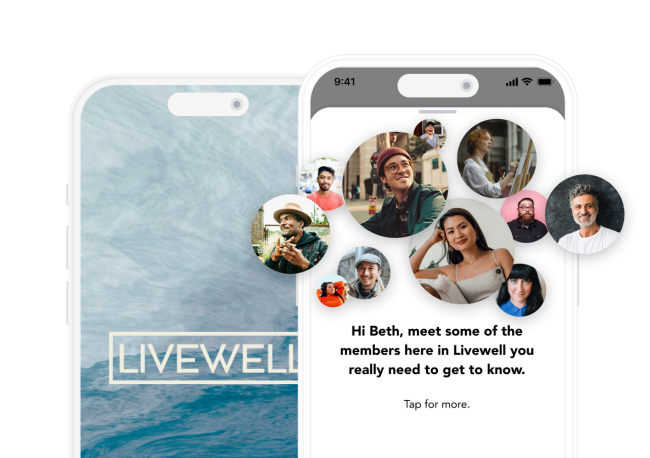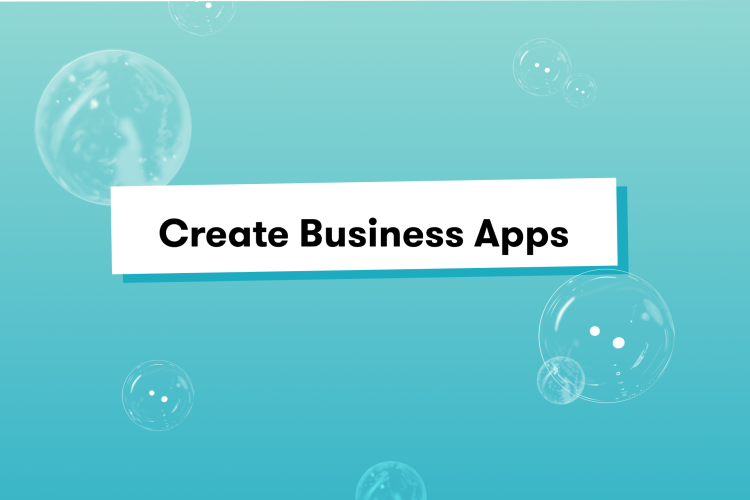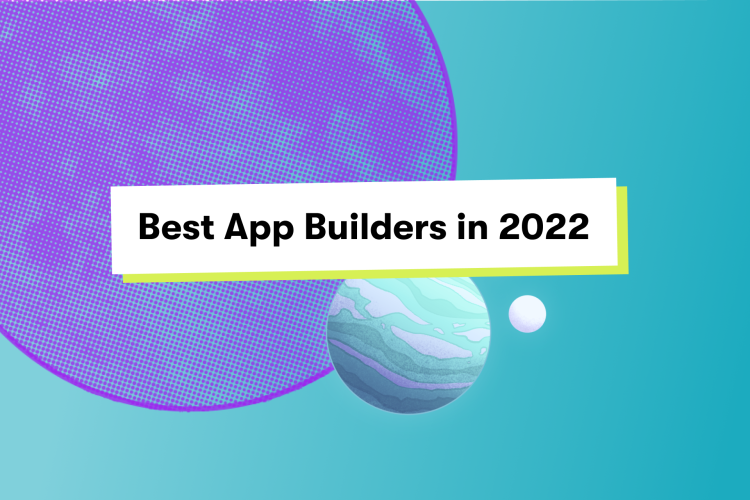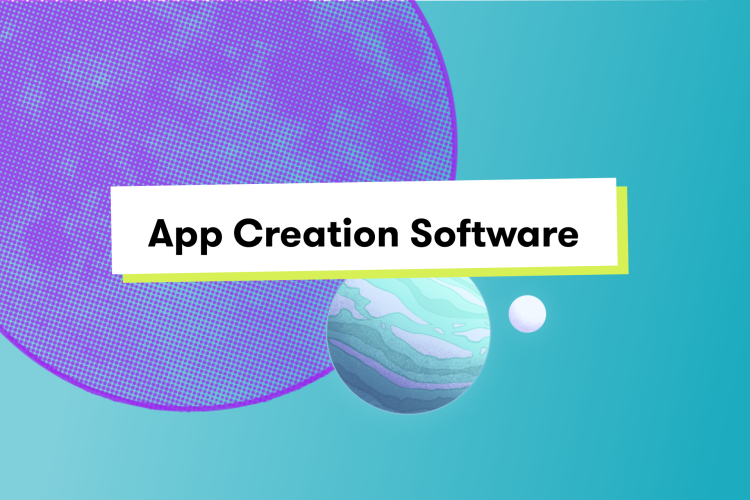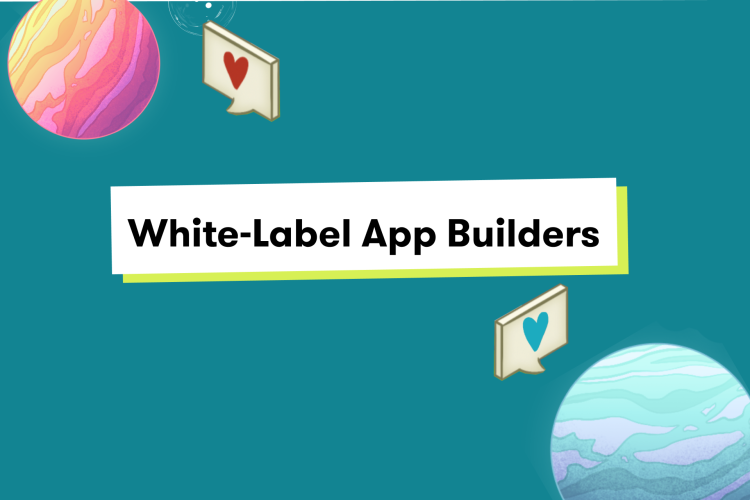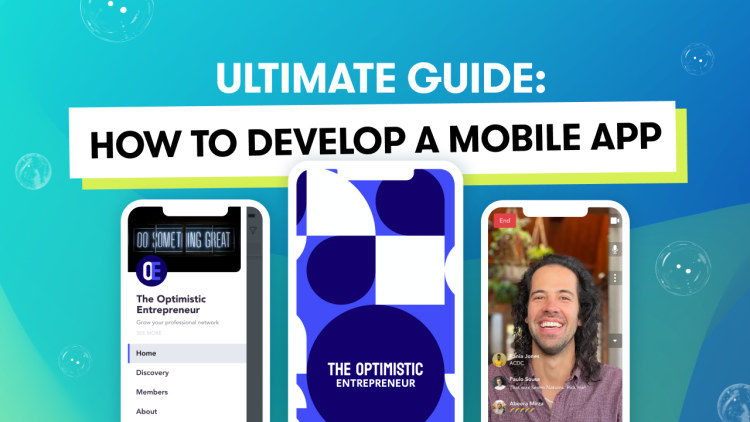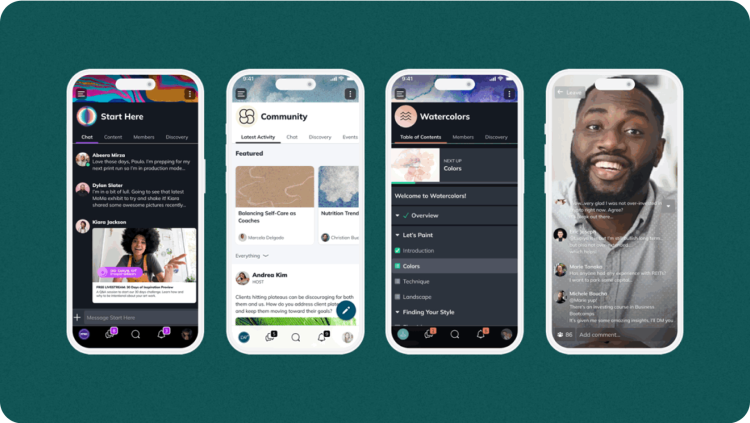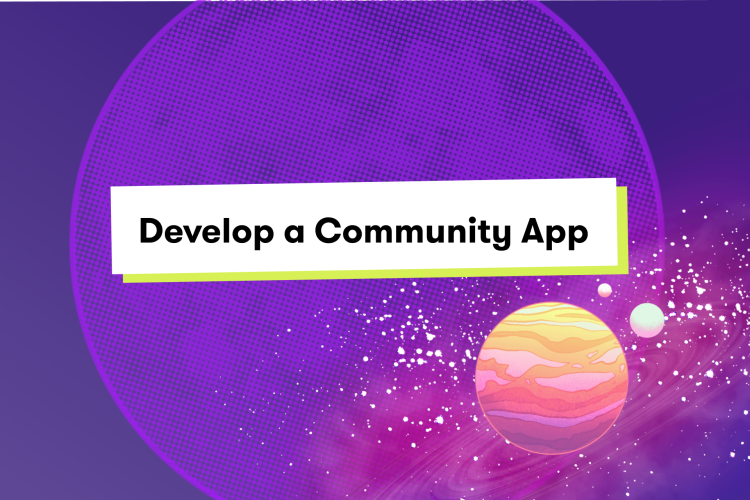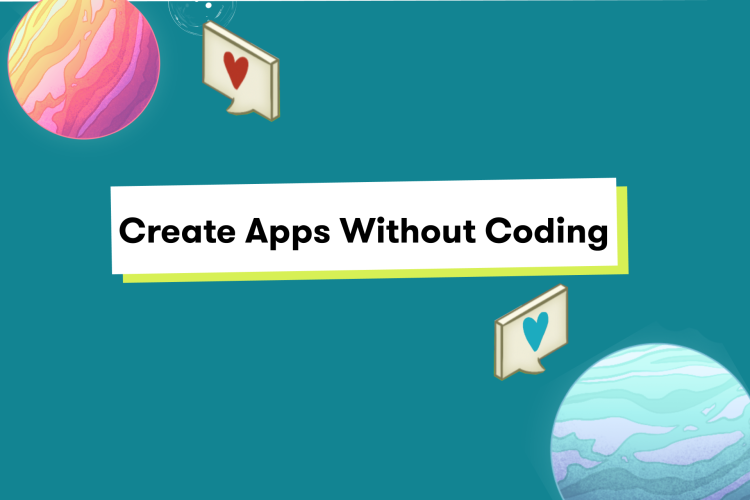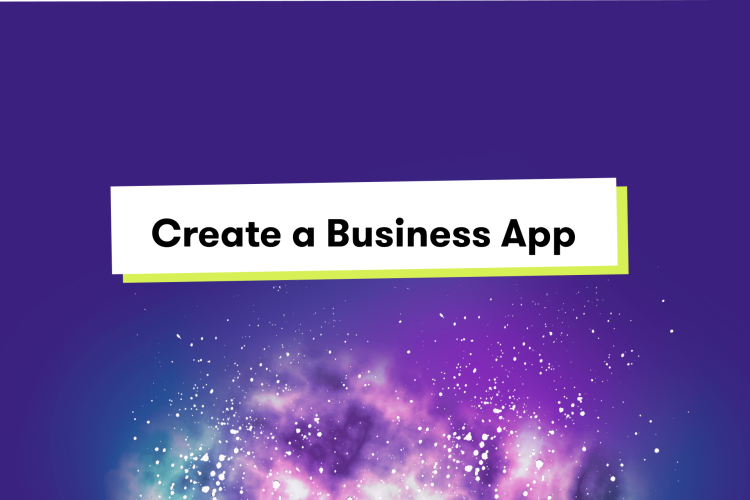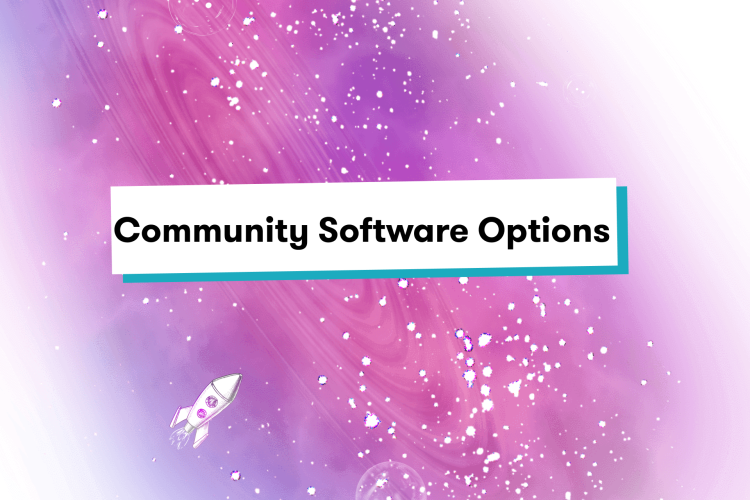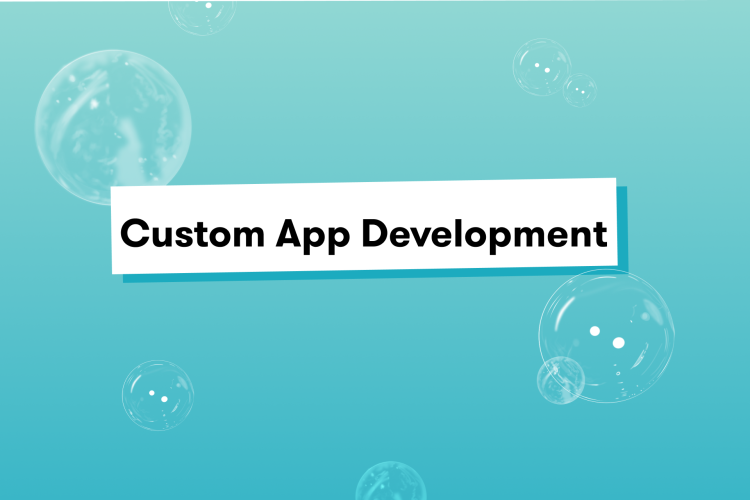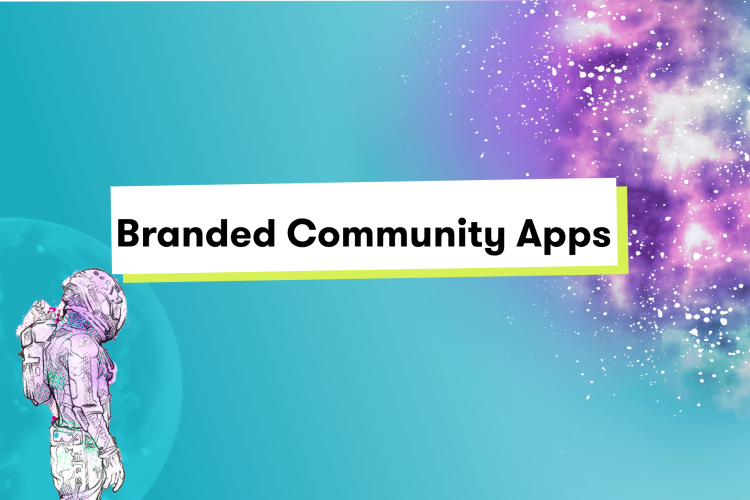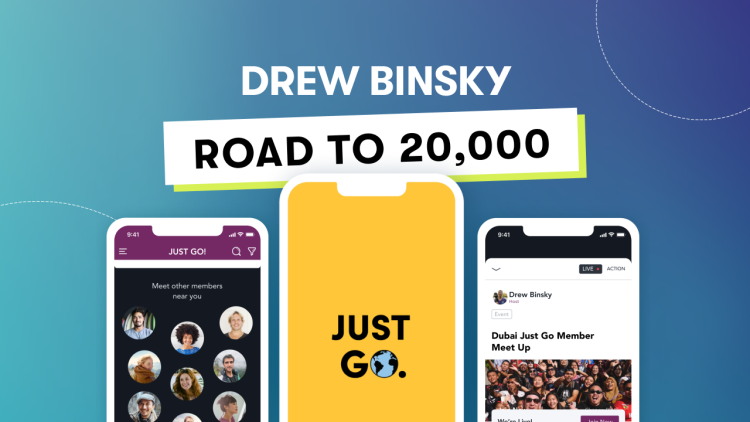“We serve our customers by helping them find and talk to each other," Emily Weiss told Kara Swisher on a Recode stage in 2019. "Look at our stores, our comment section on Instagram, and you see people answering each other’s questions. It’s special.”
As Weiss searched for Glossier’s next wave of growth, the siren’s song of technology development was enticing, especially with Silicon Valley investors. She teased in 2019 that her goal was to build a private social network as a “destination for beauty” where customers could teach each other with “no interruptions, ads, or censorship.”
How could a company with this type of connective foundation not naturally become its own social network for beauty?
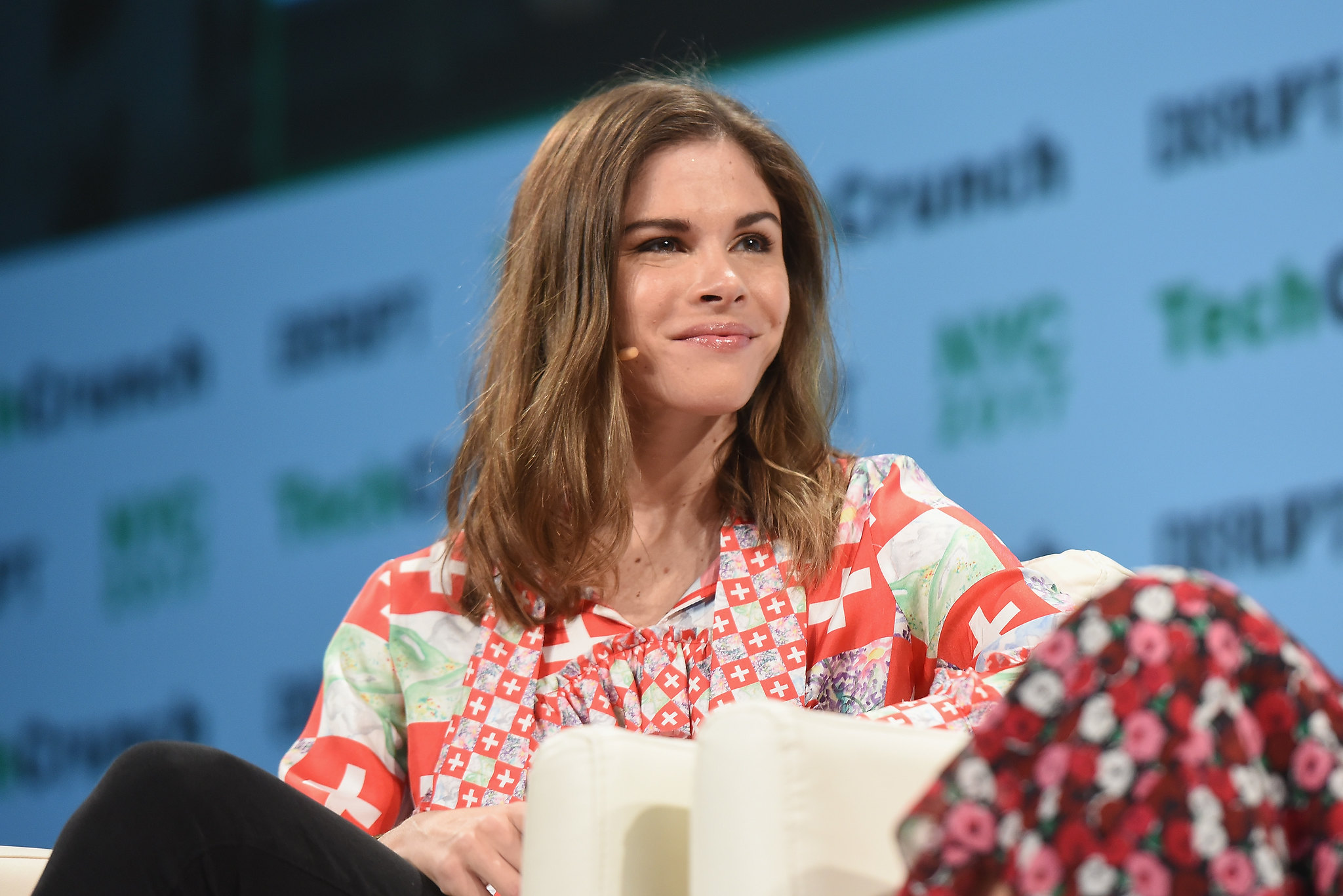
Photo by Noam Galai/Getty Images for TechCrunch
Fast forward to now, the dream is over. With Facebook ad prices soaring, Apple’s iOS privacy changes crushing profitable social acquisition, plus supply challenges and inflation creating headwinds, flagship DTC brands like Allbirds, Warby Parker, Stitch Fix, and Glossier have all slammed into reality.
It’s easy for armchair quarterbacks to now say that Glossier should have stuck to beauty and left the technology to big social platforms.
But is that true?
Was it an inherently bad idea or did they just embark on an execution path to this technology nirvana that was harder than it needed to be?
What if Glossier had succeeded?
Dan Frommer reacted to Glossier’s social network shutdown news in The New Consumer, “If the social platform worked, and traffic and engagement grew exponentially, it could have potentially become a meaningful funnel for ecommerce sales — one where you don’t have to pay Facebook for clicks.”
He continued, “And if it really worked, it could even justify a higher valuation and multiple beyond ecommerce, one that takes your software and network effect into account.”
For these reasons (and so many others), savvy DTC brands aren’t abandoning community-led growth entirely. They are just looking for smarter ways to launch their own branded community on their own terms without custom technology development.
The Sucker’s Choice: you must build it yourself
I will argue that Glossier’s original sin wasn’t an ill-conceived strategy, but rather walking headfirst into the buzzsaw of custom technology development.
But they are not alone. Many DTC brands—especially those spending each day deep in the algorithms of Facebook, Instagram, and TikTok—think they have to build their own technology platform to win.
Their beliefs aren’t just driven by the ego or folly of founders and overly ambitious executives. There’s also pressure from investors, advisors, and peers (especially engineer advisors and peers), and others focused on “owning your own technology IP.”
Unfortunately, these well-meaning investors and advisors aren’t holding the bag filled with pain, tears, and wasted time and budgets when custom development goes terribly wrong.
As billion-dollar brands like Kylie Cosmetics and others using Shopify Plus have learned, you can create incredible, valuable businesses by partnering with a new breed of “no-code” technology platforms similar to Shopify that now deliver powerful technology platforms beyond ecommerce.
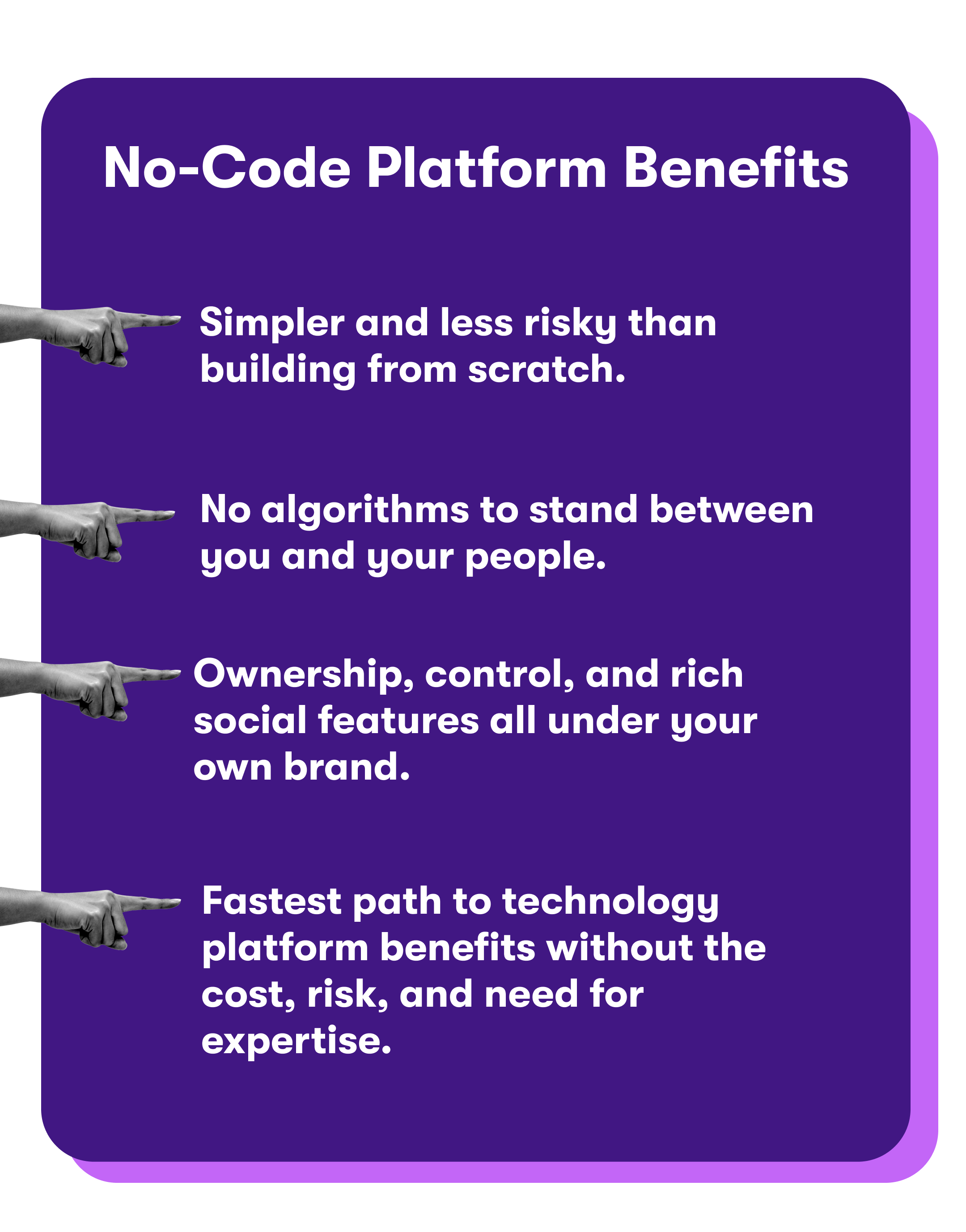
The truth is that with rapidly emerging no-code options for creating your own private social network or community under your brand and on your own native mobile apps, DTC brands don’t have to repeat Glossier’s mistakes.
There are better options today with no technology development required.
Armed with alternatives like Mighty Networks’ Mighty Pro Plan, Disciple Media, or Thunkable, Glossier could have transformed their expert understanding of their customer into an incredible social experience delivered on the web, iOS, and Android instantly within a community they owned.
Even better?
This increasingly popular path comes with a rapid flow of new features, no maintenance headaches, and can be up and running in less than a month at a fraction of the price and risk of custom development.
In other words, the Glossiers of today don’t have to choose between making kickass beauty products or seizing the benefits that come with having their own private social network.
You can have both.
Custom development is really that bad
For some, Glossier’s cautionary tale of custom development is enough to prompt the search for alternatives, alternatives that exist today like never before.
But for those not yet convinced, the issues with custom development start well before the first prototype arrives:
You can only develop and launch one platform at a time. Working with an agency or internal team, you must decide on iOS, Android, or web first, or risk a massive budget overrun or time delays. Yet, users won’t be satisfied until they are able to use your community anywhere they want. They are comparing your custom solution to Instagram, TikTok, or even Discord which they can access anywhere at any time.
To hit your dates, the number of late-breaking surprises grows exponentially. The end result is a product that ships half the features in twice the amount of time and at a dramatically higher budget than you expect at the start.
The bar is always being raised. During the time you’re getting a v1 ready, the larger platforms have already leveled up in terms of new features, more engaging refinements, and a built-in network effect. You can beat them by focusing on a niche, but starting from scratch with your own development is a losing proposition.
The fine print is never clear until after you’ve invested. Maintenance? Nope, not included. New features? Requires a new project. Additional platforms? Get ready to start from scratch all over again.
It just doesn’t have to be this way.
By choosing any of the new no-code private community platforms, you avoid all of these risks while keeping the option of your own technology platform open later once you find success.
It’s easier to start with partnering and go to custom development. Not the other way around.
What does it look like for a DTC brand to own its own technology platform?
For Glossier, it made a lot of sense that they’d want to own the platform where people talked about beauty. While Glossier miscalculated custom development, they were visionary to look beyond Facebook ads, Instagram, and TikTok to owning their customer’s social experience as well as their commerce one.
Nor are they are not alone in driving a new type of social strategy that optimizes for controlling your brand’s own destiny.
Lululemon became a multi-billion dollar company by making IRL community connections core to their growth. Now the next wave of DTC health and wellness brands like Oiselle and MINDBODY are seizing these new no code social platforms to build their own branded communities where:
- They are sparking relationships between members both IRL and online.
- They have their own websites, as well as branded iOS and Android apps.
- They have full access to 100% of the data and insights delivered by the platform.
- They can flexibly run both free and paid programs in one place.
And the examples of brands tapping authentic, community-led growth don’t stop there.
The DTC healthcare apparel brand Figs invests in building its independent community that includes in-person meetups, wellbeing retreats, immersive programs, and an ambassador program with 250 real doctors and nurses.
Danielle Leveck, an intensive care nurse, joined their ambassador community five years ago and credits the brand’s community with introducing her to some of her closest friends.
Figs has built uncommonly strong bonds with its customers. As Leveck describes being part of the brand's community, “we all share a love for Figs, but we are primarily here to support each other in our careers and in our lives overall.”
Real community delivered on your own branded platform is not some experimental, bleeding-edge investment for DTC brands. It’s quickly becoming the path seized by category kings and queens on their path to omnipresence.
3 questions for every DTC brand considering their own vertical social network
I hope that I've helped separate the validity of Glossier’s original technology platform strategy from the pain and failure of custom development.
To get there faster, I recommend three fundamental questions to understand what’s possible with your own independent community for DTC brands:
Do your current and prospective customers have a reason to connect with each other? Are they motivated to learn from each other? Are they able to inspire each other? Can they help each other get smarter, better, or change practices that they can’t change on their own? Does coming together give them a deeper connection to their own goals and identity?
Are you comfortable building a community that’s about your customer as a whole person, not just purchasers of your product? This is where many less sophisticated brands get stuck and fail with community building. They want to talk about themselves, while their customers want to talk to each other about topics well beyond what they buy alone. Yet, when this subtle but essential shift is made, your community isn’t just about your current customers alone. In fact, at this point, you can build something awesome for your entire market.
Would you benefit from more customer data than you can get from social media? When your members are engaged in a community that’s about them, not just you, on your own branded apps, something magical happens. You provide them a place where they can get value from each other, and you get insights you can’t get any other way.
If your answer is yes to these questions, you’re perfect for the new low risk, high reward way to build your own social platform for your customer around the things they care about the most.

